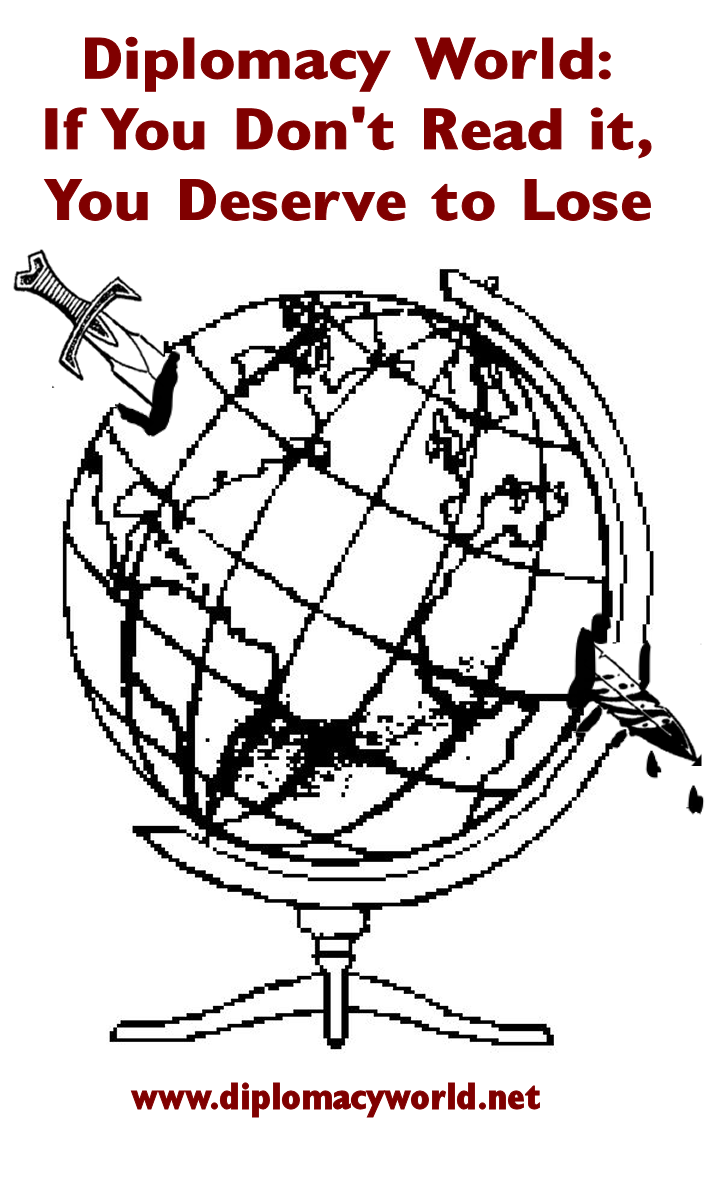



VARIANT DESIGN
By Lewis
Pulsipher
From
Diplomacy World #20
Transcribed by Marvelous Melinda Holley
It seems that an international
Diplomacy activity of any sort is hard to organize successfully.
The first Variant Design Competition suffered because only North Americans
entered. Having moved across the
water, I tried again from the European side; this time there were entries from
the
Thanks to all who entered or contributed prizes.
PACIFIST DIPLOMACY
Nicky Palmer
1. Rules as standard DIPLOMACY except where stated.
2. In every year in which a player neither gains a center from, or loses one to, another player, an intra unit can be built in any home center. Such units are referred to as “bonus units” and are marked with an asterisk, e.g. F* Kie-Hol. Bonus units reflect extra economic strength for powers not interested in major territorial changes.
3. In every year in which the condition in Rule 2 is not satisfied, the player loses one bonus unit (his choice). When all bonus units have been lost this has no effect – losses are not saved up, and a “year of peace” will again generate a bonus unit.
4. Bonus units are built and removed in Winter. Removals cannot replace or be replaced by regular removals – the two types of unit are accounted for separately. Bonus builds can be saved up.
5. Victory is by overall majority of centers, not units.
COMMENT: The purpose of this variant is to add a new alternative strategy: holding back (except for neutral conquest) and building up forces for a big offensive later. Not, perhaps, pure pacificism! – but an intriguing alternative to non-stop attack. Secondary virtue: gives hope to 1- and 2-unit powers who may have a better chance of avoiding center changes than the “superpowers”.
SHADOW WORLDS
Nicky Palmer
1. Rules as standard DIPLOMACY except where stated.
2. Each player has the same country in two simultaneous games, “A” and “B”.
3.
Before the Winter adjustments in the
simultaneous games, each player lists the centers he owns in either game,
counting his home centers only double if owned in both games; all
non-home centers only count once even if held in both games. Thus if
4. These centers may be divide each year between the two games as the player wishes; in the example, if Italy had 6 units in “A” and 2 in “B”, he could build 1 in either game – or disband a unit in one game and build two in the other, or cut his losses and go down to zero in “B” and build three in “A”. (Note that this would not preclude his rebuilding in “B” in a later year, if his build centers had not yet been captured.) Play continues on both boards until one player has all 34 centers in his control list (not necessarily all on the same board). If two achieve this simultaneously, the result is a draw. For a shorter game, substitute 18 for 34.
COMMENT: The fastest growth is achieved by stabbing in opposite directions in the “shadow worlds” – but this risks alienating one’s allies in each! Added to this tricky strategic problem are various tactical twists: when to strip one board to the benefit of the other, and the balanced growth vs. alternating drives on each board. Note that one can win even if wiped out on one board – but only just, but completely conquering the other.